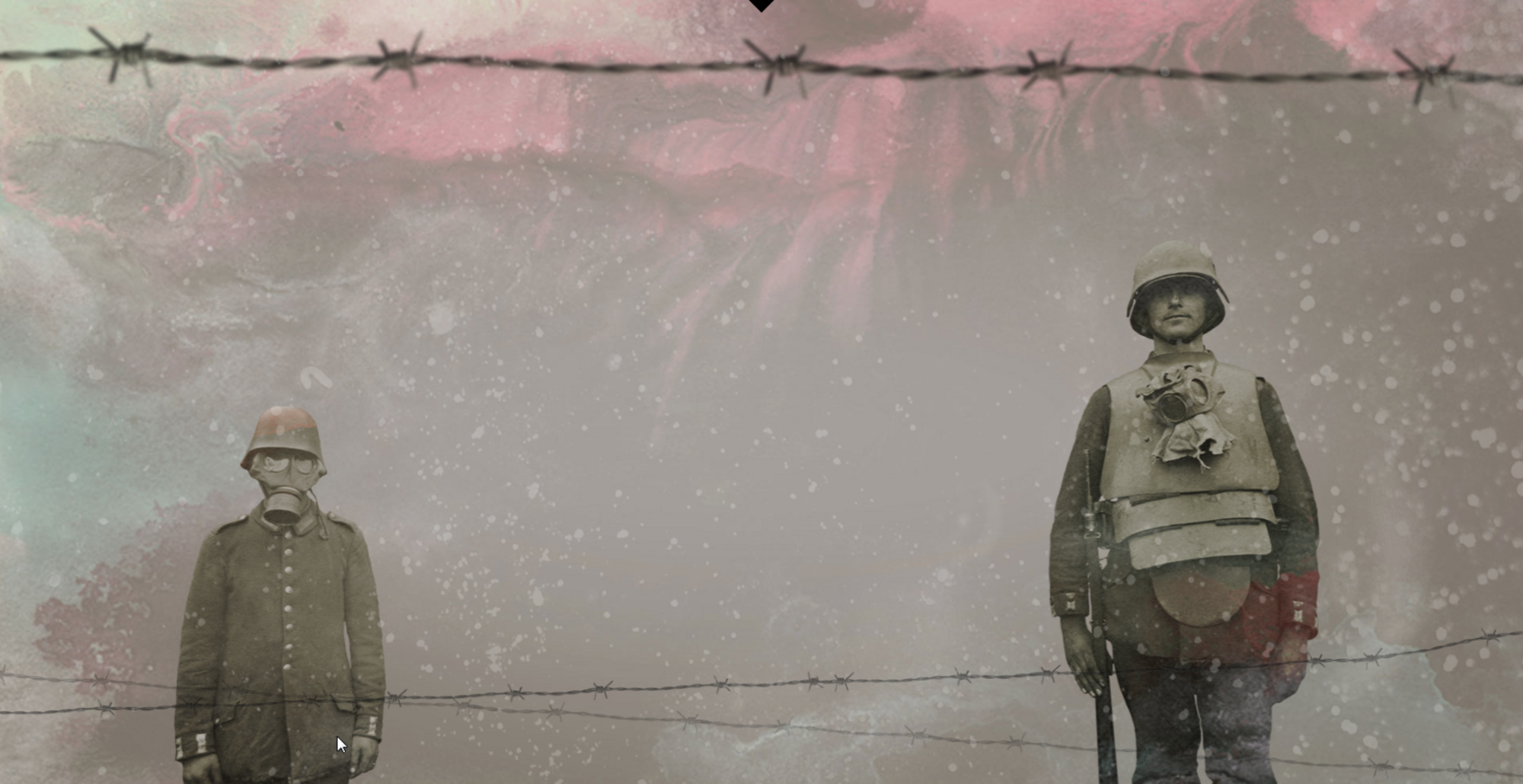
- Home
- Underground war and technical innovations
- A mole’s life
- Mine warfare
In the majority of cases, security issues prevent archaeologists from venturing very far in their explorations of these underground networks. But, on a few rare occasions, it is still possible to access this forgotten underground world. These tunnels hold plenty of surprises, casting new light on the subterranean combat which proved to be a major, albeit oft-neglected, aspect of the Great War.
The British volunteers of the ‘Durand Group’ have explored the subterranean networks which run beneath the immense mine craters at Vimy (Pas-de-Calais). On this site, for three years from 1915 to 1917, French and then British sappers would do battle with the German advance lines by digging an incredibly vast network of mine tunnels beneath enemy lines. The plan was to install demolition chambers packed with explosives, reducing the enemy trenches to rubble. In April 1917 the rapid progress of the Canadian forces at the Battle of Arras made this sector the new Allied support line, leading to the immediate abandonment of all sapping work and the shutting off of the tunnels. This sudden withdrawal left the tunnels intact, complete with ventilation shafts, electrical cables, camouflets designed to halt the enemy’s progress, graffiti left by the miners and even the demolition chambers still packed with their explosive charges.


